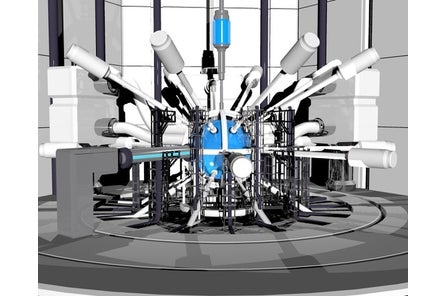
EX-Fusion: Space debris removal using high-power laser
-Using EX-Fusion’s laser fusion reactor technology-
-Integrated with EOS Space’s space debris tracking system-
We bring you a summary from the EX-Fusion press release.

EX-Fusion Australia Pty Ltd:
On October 8th, we signed a basic agreement with Australia’s EOS Space Systems Pty Limited.
EOS Space headquarters:
The Australian Space Agency is headquartered in Adelaide, Australia.
It is a hub for advanced technology, including the space industry.
1. laser communication in outer space,
2. Removal of space debris using lasers, etc.
Taking on the challenge of the space field with EX-Fusion’s advanced laser technology.
1. Background of cooperation
Australia EOS Space:
It currently provides space solutions to the Australian Government and commercial sectors.
In particular, high-power laser technology will be used to track and remove space debris.
1. space object tracking system,
2. Characteristic analysis and identification systems for space objects;
3. Currently providing optical communications to customers all over the world.
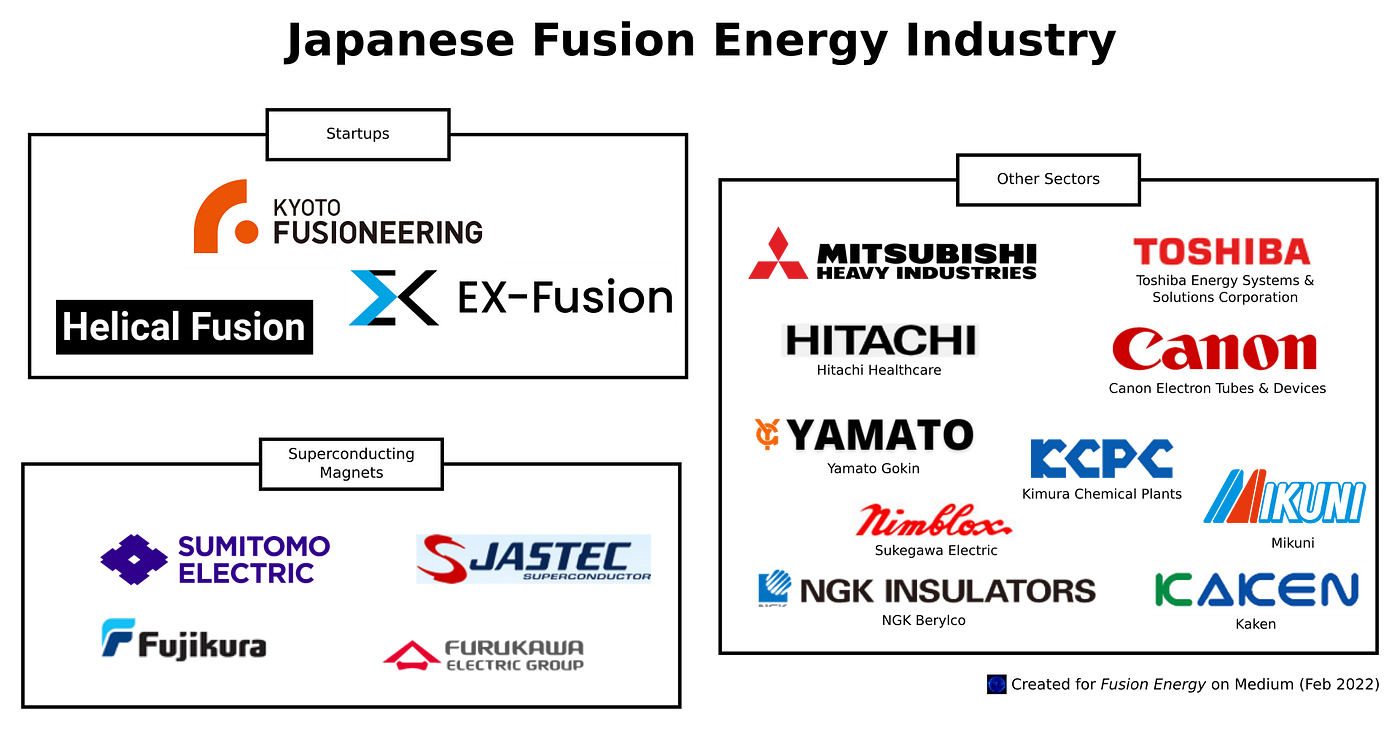
Japanese EX-Fusion:
Built the world’s first laser fusion reactor and is currently developing a power supply.
Joint research with Osaka University and Tokyo Institute of Technology to commercialize high-power lasers.
Possesses advanced expertise in laser fusion reactors.
Solving the “space debris problem”:
In recent years, the number of space debris around the Earth has increased significantly.
It caused a collision with valuable space assets such as communications, location information, and navigation.
Together, we will quickly develop ways to deal with the space debris problem.

2. Solutions from both companies
Using a high-power laser system to solve the space debris problem.
Build an “optical ground station with a high-power laser system.”
Optical ground stations will remove space debris and redirect it to prevent catastrophic collisions.
Consider ways to capture space debris and prevent catastrophic collisions.
https://prtimes.jp/main/html/rd/p/000000013.000086624.html
EX-Fusion: Entering Australia with laser fusion commercialization
We bring you a summary from Forbes JAPAN.
Japanese EX-Fusion:
-Japan’s first private company working on developing a commercial laser fusion reactor-
Established a subsidiary in Adelaide, Australia.
Promote space business using laser fusion with EOS Space.
ITER project: Tokamak-type fusion reactor
-A super-large project in 7 countries including Japan, Europe, America, Russia, etc.-
ITER has been developing a giant tokamak-type fusion reactor since 2007.
The basic plan is currently being reconsidered. There are many criticisms and problems.
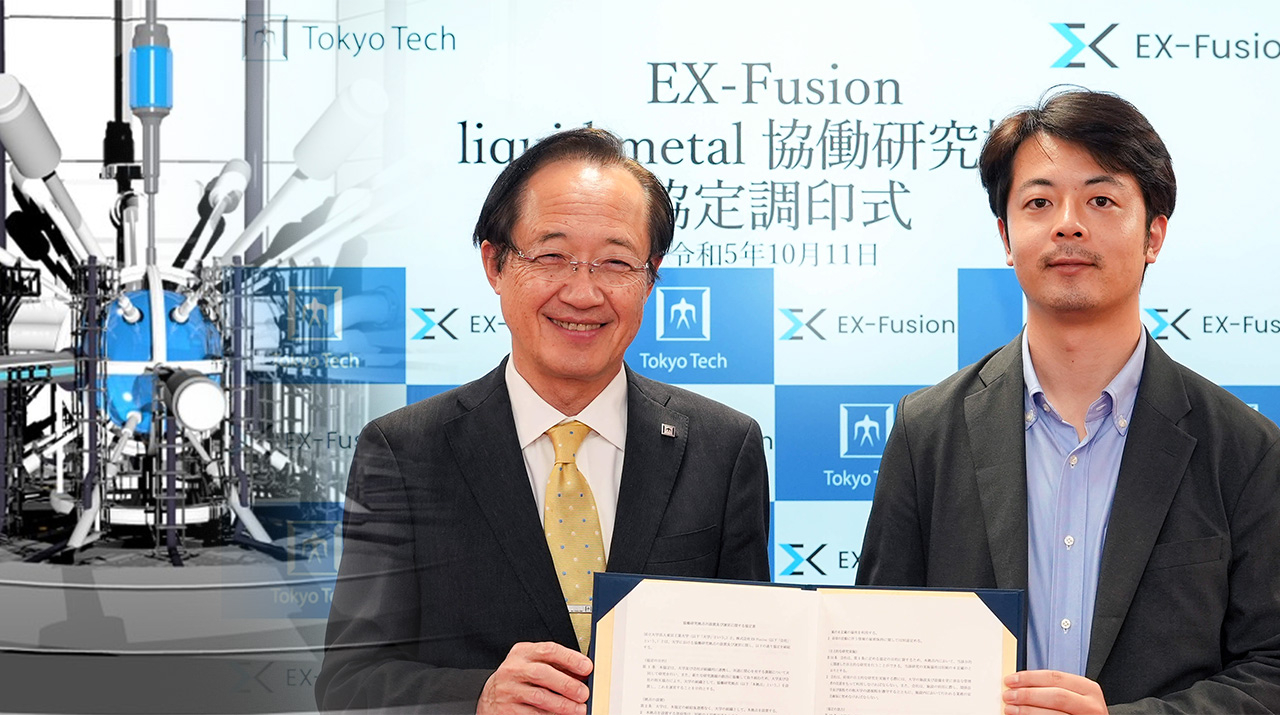
EX-Fusion Project: Laser Fusion Reactor
Take advantage of the ease of being a startup.
We are currently accelerating the development of laser fusion reactors.
Started collaboration with Tokyo Institute of Technology.
EX-Fusion commercial furnace:
EX-Fusion’s laser fusion method is compact.
Since it can be constructed using existing materials, it can be put into practical use quickly.
EX-Fusion plans to complete a commercial reactor in 2035.

USA: Lawrence Livermore National Laboratory
In 2021, the world’s first “ignition” will be achieved in an experimental laser fusion reactor.
In addition, an experimental laser fusion reactor achieved an output that exceeded the input energy.
https://forbesjapan.com/articles/detail/66573

EX-Fusion: Established joint research base with Osaka University
EX-Fusion and Osaka University
Started joint research with Laser Science Institute.
Established “EX-Fusion Laser Fusion Joint Research Department”.
Integrating high-precision irradiation technology:
1. “Target continuous supply technology”
2. Integrating “high-repetition, high-precision laser irradiation technology.”
Demonstration of laser irradiation system:
3. “Demonstration of commercial laser fusion reactor”
4. We will conduct a system demonstration of “high-repetition high-power pulsed laser.”
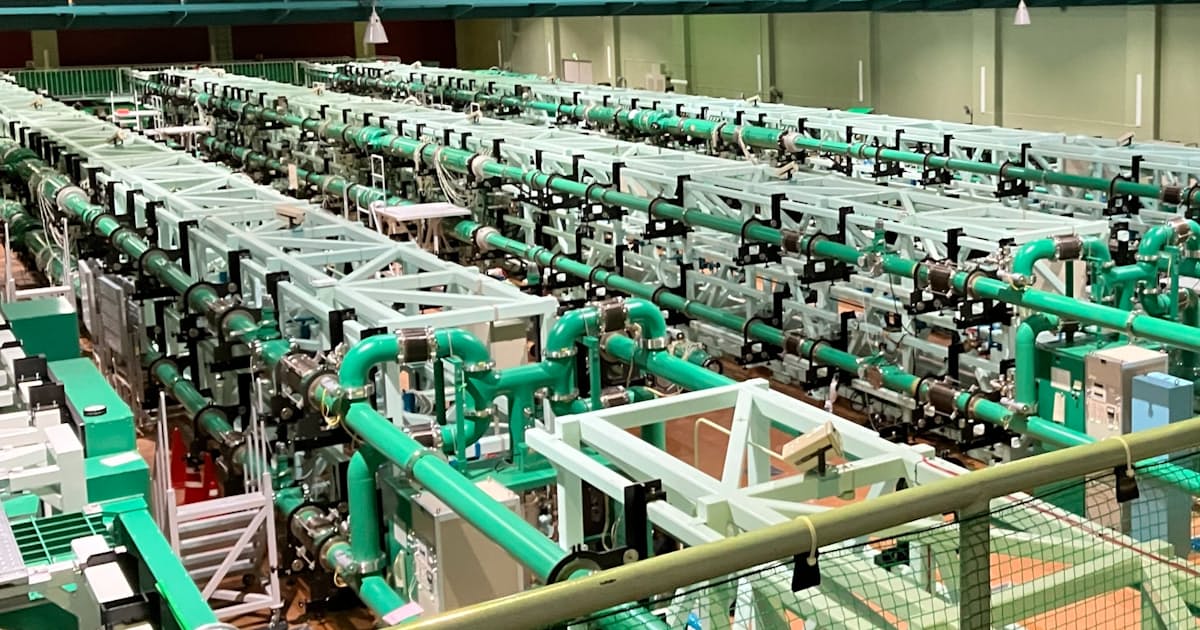
Contents of joint research:
What is a laser fusion commercial reactor?
1. A target flying 10m away at a speed of 100m/s.
2. Technology is needed to continuously focus and irradiate light with an accuracy of 1 μm.
In the future, we will improve target supply accuracy and laser focused irradiation accuracy.
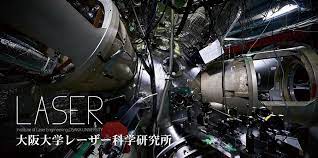
Sharing of joint research:
Osaka University Laser Science Institute:
Experience in designing and operating large laser systems.
Know-how gained through the development of targets used in laser fusion and laser experiments.
We will develop an integrated test environment for demonstrating the laser irradiation system.
EX-Fusion:
Development and procurement of optical equipment and mechanical equipment necessary for laser irradiation system demonstration.
A system integration test will be conducted with the support of Osaka University Laser Science Institute.
